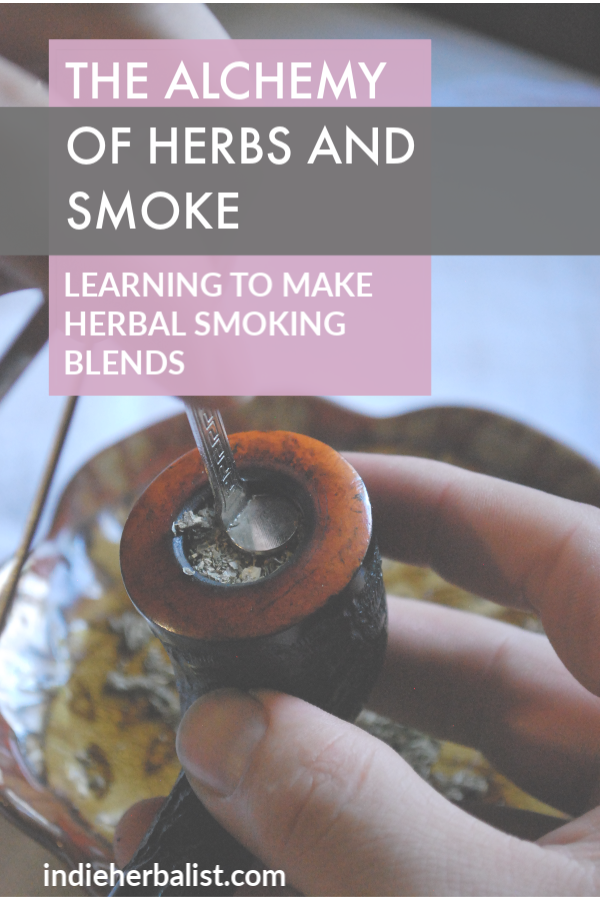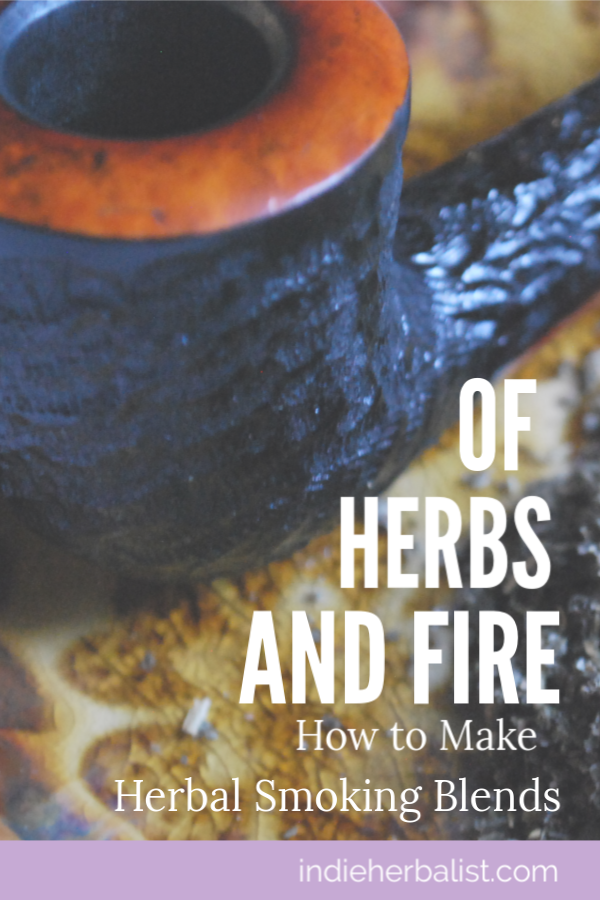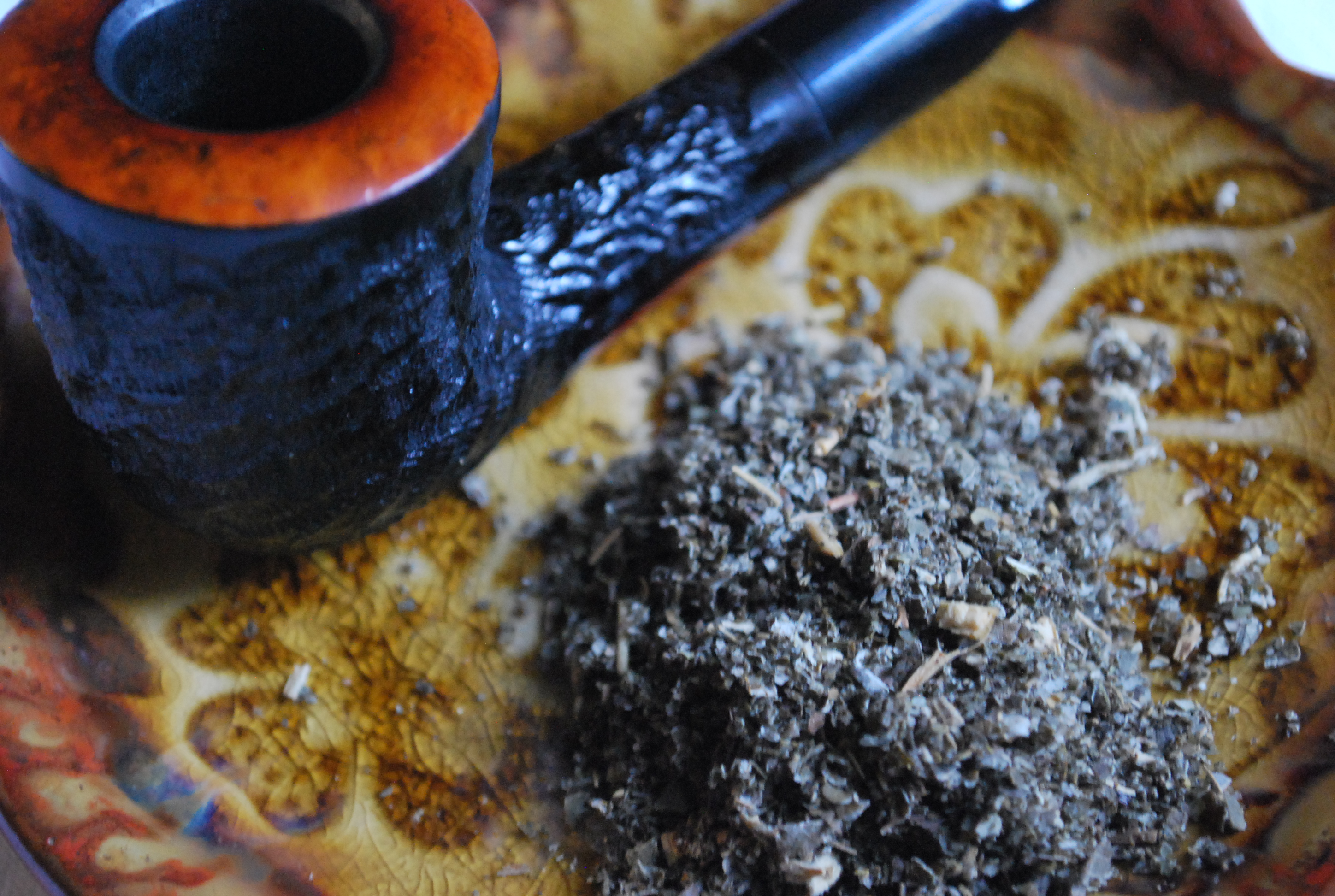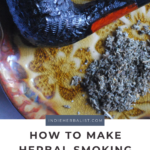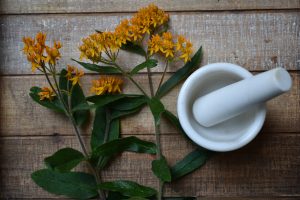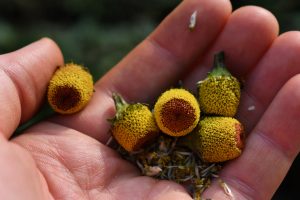Links contained in this post and elsewhere on my website may include affiliate links. When you make a purchase through these links, I earn a commission at no additional cost to you. I only link to products and services that I love - and that I think you will love, too!
Throughout history, dried herbs have been used to make incense, smudges, and herbal smoking blends.
After all, there’s something fascinating about the alchemy of herbs and smoke. Part of it is visual. We can see the plants undergo a violent physical change to become smoke and ash.
This transformation isn’t just visual. It has an aroma, a taste, and a texture we experience as we breathe in. It resonates with us at an emotional and physical level.
(A version of this article was originally written for The Herbal Academy. #affiliate)
Let’s take a look at the anatomy of modern herbal smoking blends and how to craft your own. You can read more about my personal philosophy on herbal smoking blends here, and find an ethnobotanical guide to herbal smoke here.
Herbal smoking blend safety
Besides traditional cigarette and pipe tobacco alternatives, herbal smoking blends now encompass herbal vape liquids, too. However, it’s still important to note that smoke is smoke. Besides gunking up your lungs with particulate matter, smoking also increases your exposure to carbon monoxide – neither of which is healthy.
Although some people do use herbal smoking blends as they lessen their dependence on tobacco or use them sparingly on occasion for other purposes, please remember that smoking is not a healthy practice in the long term. Extracts, teas, and other herbal preparations are more appropriate for general use because they don’t carry the risks that smoking does.
Some herbs with a historical record of use in smoking blends may be problematic from the perspective of modern safety standards, while other herbs may be too irritating to use or have other contraindications, so it’s also important to make informed decisions about which herbs are included in your herbal smoking blends.
Creativity can be a virtue in home herbalism, but do not use any herb in an herbal smoking blend unless you know for sure that it can be used safely in that manner.
Anatomy of herbal smoking blends
It’s helpful to think of herbal smoking blends as a three-part recipe:
- the carrier or base herbs
- herbs with a specific supportive role
- herbs used for flavoring.
A fourth category, herbs used for adding body, can make the smoke more like tobacco smoke by adding “weight” or other characteristics to the smoking blend.
Let’s take a closer look at each part in order to better understand its purpose.
Base herbs and supportive herbs
Ideally, a base herb is light and fluffy. Mullein, red raspberry, and damiana make good bases (Harmony, 2013). You can also experiment with any combination of the three when you are developing your own recipes. Personally, mullein is my favorite base for most blends. I also like damiana for blends designed to act as quick support for the nervous system.
Herbs with a supportive role for the lungs or nervous system are good additions to an herbal smoking blend.
For lung health, consider herbs like
- Horehound
- Mullein
- Hyssop
- Thyme
- Marshmallow
- Lobelia
Lobelia is an antispasmodic herb often used as a catalyst in herbal extracts and teas. It is sometimes added to smoking blends used as part of a smoking cessation program. A chemical in lobelia is similar to nictotine. For the nervous system, some of the following herbs could be used:
- Skullcap
- Passionflower
- Mugwort
- Catnip
- Rose
- Damiana
Each one of these herbs has individual characteristics that are worth investigating if you are interested in supporting nervous system health. It’s a good idea to research each one individually to get a better idea of when they are most appropriate.
Flavoring ingredients for smoking blends
Other herbs can be added as flavoring.
Good candidates include:
Herbs to add body
Tobacco smoke has a certain heaviness and smoothness to it that is sometimes missing in herbal mixtures. Adding barks and astringent herbs creates a similar “body” for your blend.
Some of the herbs that work well for this are:
- Uva ursi
- Willow bark
- Blackberry leaf or root
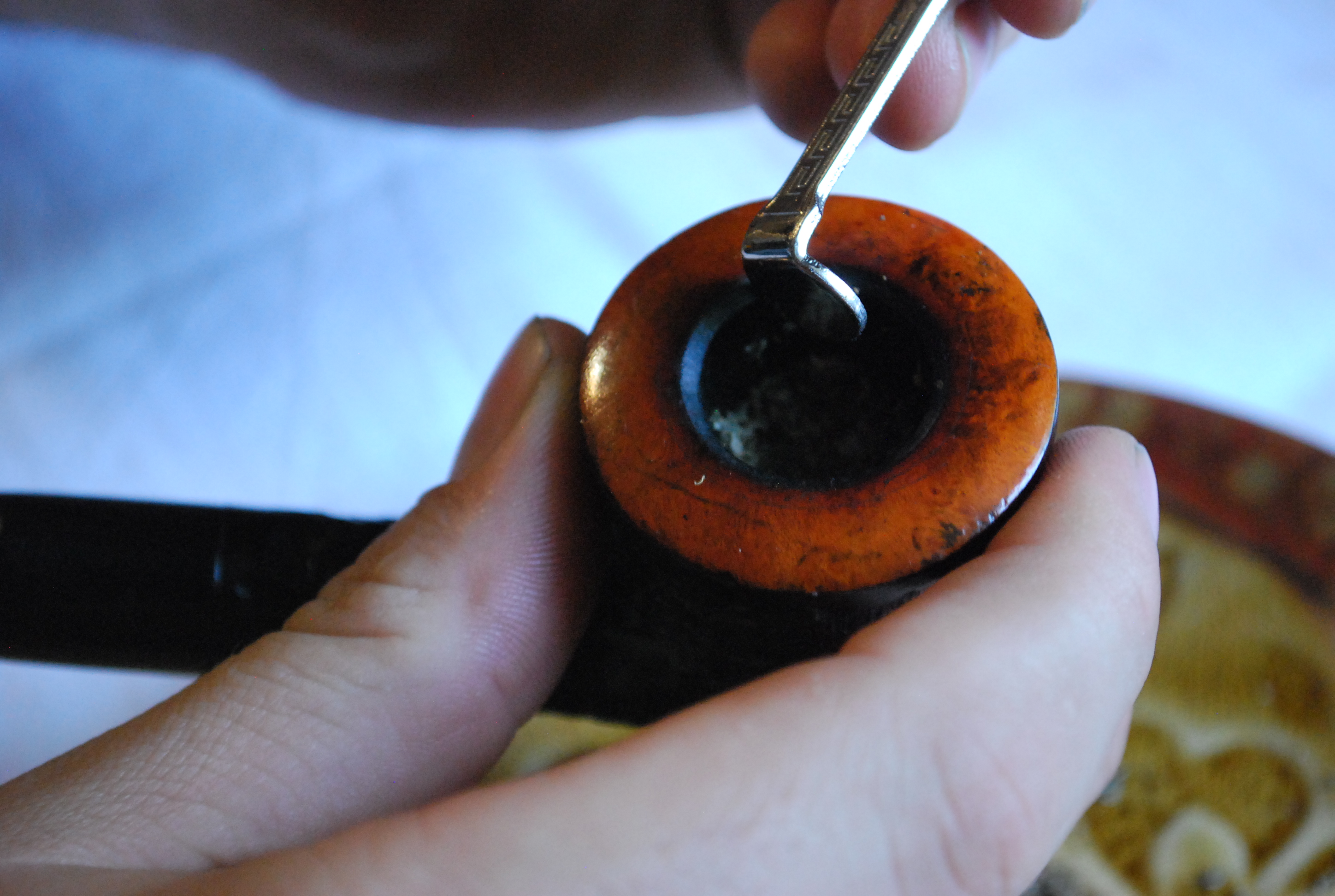
How to design an herbal smoking blend
The ratio of ingredients in your herbal smoking blend is a personal decision. You can start by measuring in small parts, like tablespoons, to create a small amount. Keep notes on your recipes so you can recreate the ones you like in larger quantities.
I like starting with a basic formula like this:
- 2 Tablespoons base herb(s)
- 1 Tablespoon specific herb(s)
- ½ Tablespoon flavoring herb(s) (or 1 teaspoon for powdered seeds or spices)
For a mullein-based blend that includes an expectorant herb (in this case, horehound), I’ve included a simple recipe at the end of this post.
Making an herbal smoking blend
Once you’ve decided on your recipe, it’s time to blend the ingredients together. The first step is preparing your base. Gently rub your base herbs in your hands to fluff them up so they can carry the other ingredients. Mullein, red raspberry, damiana, and mugwort are all bit fluffy when dried anyway, and the friction of rubbing them together brings this quality out even more.
Crumble any leaves or flower petals you are using until they are small, or powder them with a mortar and pestle or in a coffee grinder. If you are using rolling papers, you will need to powder any roots or barks. If you are using a pipe, it’s fine for those ingredients to be a little coarser.
Combine all ingredients in a small bowl until everything is evenly mixed.
Adding moisture to the herbs
You’ll notice that the recipe below calls for water. Besides blending your herbs well, it’s important to take into consideration the dryness of your smoking blend. An odd quirk of the alchemy, perhaps, but a little moisture goes a long way to make an herbal smoking blend more palatable. Herbs dried for storage are sometimes too dry to make a good smoking blend. Spritzing the blend with a little water and storing it in a closed container allows the herbs to absorb the moisture. Adding a little honey to the water is a nice touch, too.
Spritz your herbal smoking blend with enough water and honey to barely moisten it and store the mix in a tin or glass jar with a lid. The amount of water you need will depend on how dry the herbs are. If you accidentally get things too wet, leave the lid off overnight for some of the water to evaporate. Storing the blend while it is damp could make it mold. In that case, you’ll notice a musty or peppery smell. If that happens, discard your herbs, wash and dry the container, and start again.
Recipe for Winter Mint + Mullein Blend
- 2 Tablespoons mullein leaf
- ½ Tablespoon horehound leaf
- 1 teaspoon peppermint leaf
- 1 teaspoon water + a few drops of honey
This blend focuses on herbs for lung support when there is excessive dampness. Mullein dries the lungs and sinuses when they are damp with congestion. Horehound is an active herb with a traditional reputation as an antispasmodic and expectorant. Peppermint adds flavor and a cooling energy. Based on the characteristics of the herbs included, this blend wouldn’t be a good match for dry, tickling, or scratchy coughs.
Using herbal smoking blends
Herbalist Howie Brounstein has noted that some people may find it helpful to use herbal smoking blends when they are lessening their dependence on tobacco. For this purpose, customize the blend by adding ingredients such as lobelia and calming herbs, incorporate expectorants and mullein to support the lungs, and eventually transition to using mullein only (Brounstein, 1995).
Herbal smoke has been present in some form in every culture and society in human history (Jenner, 2015), so the study and occasional use of plants in this capacity is nothing new. It transcends boundaries of time and geography for a fascinating glimpse into botanical history!
References
Brounstein, Howie. (1995). Herbal Smoking Mixtures. Retrieved from: http://botanicalstudies.net/herbalism/smoking-mixtures/
Harmony, Nikki. (2013). Make Your Own Natural Herbal Smoke Blend. Retrieved from: http://harmonyherbals.net/blog/make-your-own-natural-herbal-smoke-blend/
Jenner, Greg. (2015). Did People Smoke Anything Before Tobacco Was Discovered? History Extra. Retrieved from: http://www.historyextra.com/qa/did-people-smoke-anything-tobacco-was-discovered
Pennacchio, M., Jefferson, L., Havens, K. (2010). Uses and abuses of plant derived smoke. Oxford University Press. New York.
About Me
I’m an herbalist and author from Atlanta, Georgia. Thanks for visiting my blog! My popular herbal recipe book is full of creative ideas for supporting wellness with adaptogens like rhodiola, holy basil, and ashwagandha. You can learn more about my book here. It’s available for purchase through Amazon, Barnes and Noble, or by request at your favorite local book shop!
Interested in taking your herbal studies to the next level? I recommend online courses by The Herbal Academy (#affiliate). I was part of the writing team for the Advanced Course.

